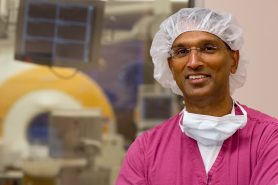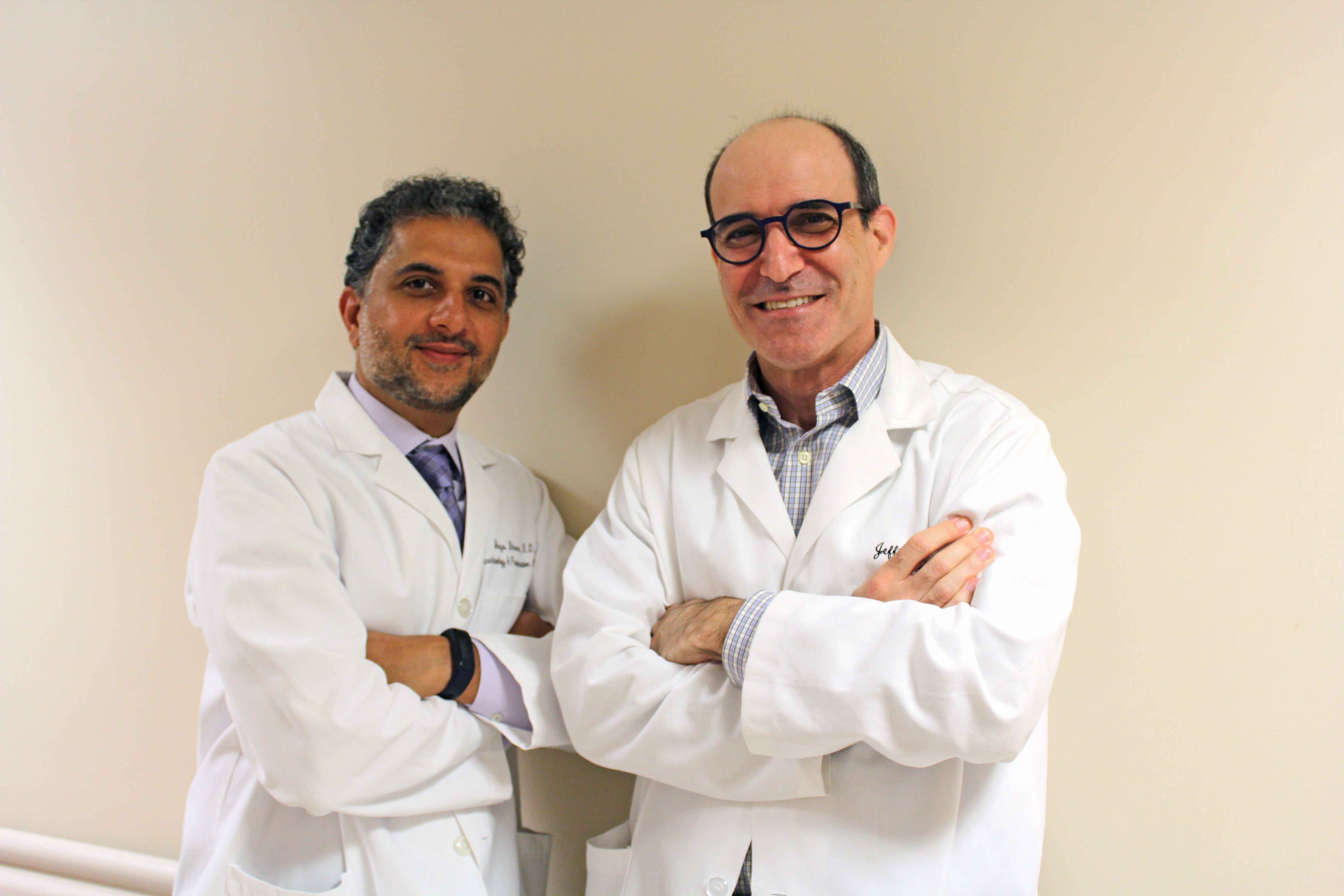- Diseases
- Acoustic Neuroma (16)
- Adrenal Gland Tumor (24)
- Anal Cancer (70)
- Anemia (2)
- Appendix Cancer (18)
- Bile Duct Cancer (26)
- Bladder Cancer (74)
- Brain Metastases (28)
- Brain Tumor (234)
- Breast Cancer (726)
- Breast Implant-Associated Anaplastic Large Cell Lymphoma (2)
- Cancer of Unknown Primary (4)
- Carcinoid Tumor (8)
- Cervical Cancer (164)
- Colon Cancer (168)
- Colorectal Cancer (118)
- Endocrine Tumor (4)
- Esophageal Cancer (44)
- Eye Cancer (36)
- Fallopian Tube Cancer (8)
- Germ Cell Tumor (4)
- Gestational Trophoblastic Disease (2)
- Head and Neck Cancer (14)
- Kidney Cancer (130)
- Leukemia (342)
- Liver Cancer (50)
- Lung Cancer (286)
- Lymphoma (278)
- Mesothelioma (14)
- Metastasis (30)
- Multiple Myeloma (100)
- Myelodysplastic Syndrome (60)
- Myeloproliferative Neoplasm (6)
- Neuroendocrine Tumors (16)
- Oral Cancer (102)
- Ovarian Cancer (178)
- Pancreatic Cancer (160)
- Parathyroid Disease (2)
- Penile Cancer (14)
- Pituitary Tumor (6)
- Prostate Cancer (150)
- Rectal Cancer (58)
- Renal Medullary Carcinoma (6)
- Salivary Gland Cancer (14)
- Sarcoma (238)
- Skin Cancer (300)
- Skull Base Tumors (56)
- Spinal Tumor (12)
- Stomach Cancer (66)
- Testicular Cancer (28)
- Throat Cancer (92)
- Thymoma (6)
- Thyroid Cancer (100)
- Tonsil Cancer (30)
- Uterine Cancer (86)
- Vaginal Cancer (18)
- Vulvar Cancer (22)
- Cancer Topic
- Adolescent and Young Adult Cancer Issues (22)
- Advance Care Planning (12)
- Biostatistics (2)
- Blood Donation (18)
- Bone Health (8)
- COVID-19 (360)
- Cancer Recurrence (120)
- Childhood Cancer Issues (120)
- Clinical Trials (628)
- Complementary Integrative Medicine (22)
- Cytogenetics (2)
- DNA Methylation (4)
- Diagnosis (238)
- Epigenetics (6)
- Fertility (62)
- Follow-up Guidelines (2)
- Health Disparities (14)
- Hereditary Cancer Syndromes (128)
- Immunology (18)
- Li-Fraumeni Syndrome (8)
- Mental Health (122)
- Molecular Diagnostics (8)
- Pain Management (62)
- Palliative Care (8)
- Pathology (10)
- Physical Therapy (18)
- Pregnancy (18)
- Prevention (936)
- Research (390)
- Second Opinion (78)
- Sexuality (16)
- Side Effects (616)
- Sleep Disorders (10)
- Stem Cell Transplantation Cellular Therapy (216)
- Support (408)
- Survivorship (328)
- Symptoms (182)
- Treatment (1788)
Q&A: Focus on brain surgery
4 minute read | Published April 30, 2013
Medically Reviewed | Last reviewed by an MD Anderson Cancer Center medical professional on April 30, 2013
Brain surgery requires precision and excellent judgment on part of the neurosurgeon for good patient outcomes. We neurosurgeons try to remove as much of the brain tumor as possible and return patients to their full functional capacity.
The most common type of brain surgery for a tumor is a craniotomy. On average, this operation, takes four to six hours. Below, I've answered some common questions about brain surgery.
How do you decide if a brain tumor patient needs surgery?
The decision depends on the patient's brain tumor symptoms, the tumor location and the type of tumor, if known. In a small number of patients with certain benign tumors no surgery is required. In most instances, however, we make the decision to operate at the initial visit and schedule the operation within seven to ten days.
What are the pre-operative procedures and medications for a craniotomy?
Before we plan surgery, we educate the patient and family about the type of brain tumor and the operation. Once the patient is comfortable with the decision, they go through additional brain imaging and pre-operative testing.
We use a special type of navigation scan, which is like GPS in the brain, to determine the tumor's precise location and structures of the brain. This also helps us determine the exact location to make the craniotomy opening.
A neuropsychological evaluation is performed if the tumor is in a part of the brain involving speech or motor function. In these patients, we also perform external mapping procedures like functional MRI scans to determine areas of function.
The patient then sees an anesthesiologist who determines the patient's readiness for surgery.
What does a craniotomy entail?
A craniotomy is making an opening in the skull. To get to the skull, we cut through the scalp. Once the skull is exposed, we make bur holes to facilitate opening the skull. We then use a saw that rotates and cuts the bone very precisely.
We then come to the next layer called the dura, the membrane that covers and protects the brain. We have to precisely open the dura to expose the surface of the brain.
The pre-operative navigation scan (GPS) is very important because it enables us to pinpoint exactly where the tumor is on the surface of the skull and make a very precise and limited opening.
To determine a safe path to the tumor, we continue to use the navigation system. If the tumor is located in more functional areas, we also incorporate brain mapping techniques and sometimes wake the patient prior to tumor resection.
What are the potential side effects or complications of surgery?
The most important complication is functional deterioration related to speech, motor, visual or sensory function. In tumors involving the skull base, patients may have some difficulty with cranial nerve function with symptoms like double vision and difficulty swallowing.
What happens after surgery?
Patients wake up from surgery in the operating room. We ask them very simple questions and commands. If they are able to follow simple instructions, they go to either the intensive care unit or a recovery room.
In the recovery room, a patient is monitored very closely. Nurses check vital signs and neurological function every hour. Within 24 hours, we try to sit the patient up and, with the help of physical and occupational therapists, we have the patient walking.
If there are no complications, a patient's hospital stay is two to three days. The pain from a craniotomy is minimal. Most patients go home on Tylenol.
At home, most of our patients are able to move on their own and conduct daily activities. A small number of patients require more intense physical therapy and rehabilitation.
How do you determine how much of the tumor was removed and if surgery was effective?
During surgery, we use navigation scans (GPS) and the ultrasound, which gives us information about the extent of resection of the tumor. In the Brainsuite (Intraoperative MRI Suite), the surgeon can get more accurate and real-time information about the extent of resection using the MRI.
What advice do you offer patients before surgery?
Patients need to remain positive; this helps in achieving good outcomes. They are generally able to go back to their daily routines within a few days to weeks. Yet, it is important to have support during recovery.
Patients also need to carefully choose a neurosurgeon that has the proper expertise and experience. There are neurosurgeons that specialize in tumors in specific locations, like the skull base, pituitary region, brain stem and so on.

Patients also need to carefully choose a neurosurgeon that has the proper expertise and experience.
Sujit Prabhu, M.D.
Physician





